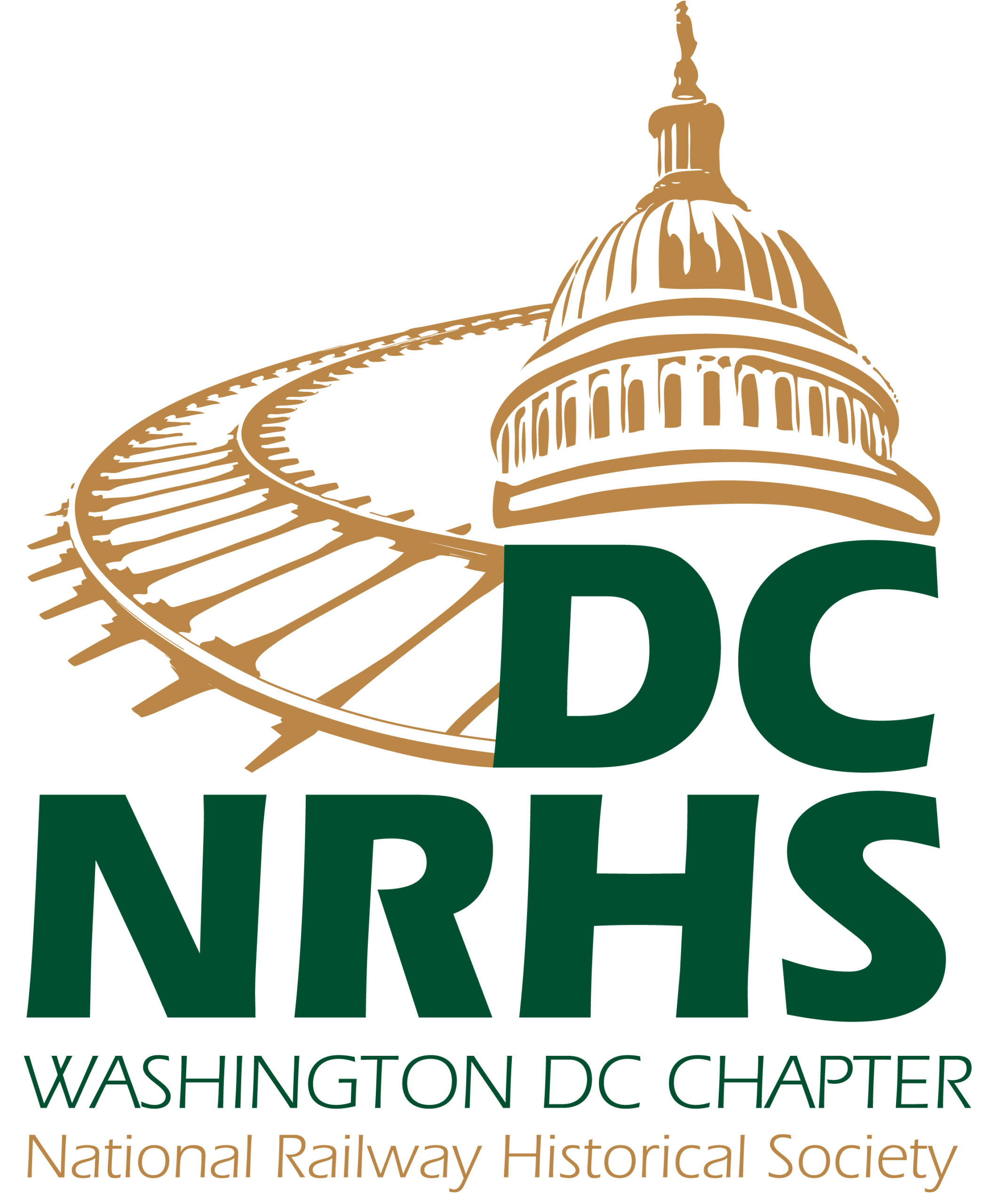March 2024
Working around Trains, Cars, Yards, and Stations
Rule 42. Carefully observe the condition of lading of cars containing lumber, pipe, scrap or other such materials; watch closely for doors swinging, slats, or wires projecting from the sides of cars or other obstructions which are liable to cause injury, and promptly repair or report them when observed.
The Washington Terminal Company. Safety Rules for the Guidance of Employees, effective February 1, 1934 —
